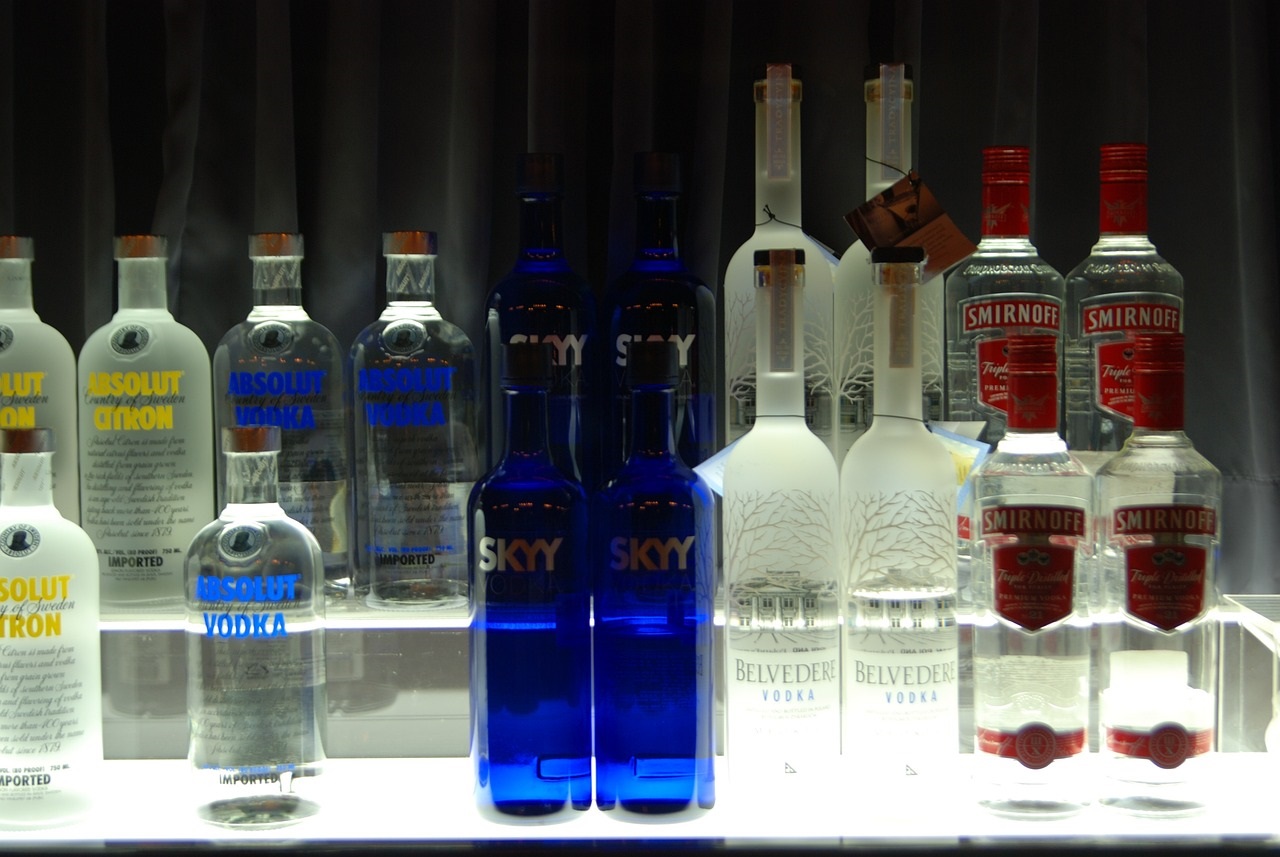Embarking on a journey through the world of vodka is not merely about understanding this clear, distilled spirit’s origins or its place in the pantheon of global alcoholic beverages. It’s about diving deeper into the nuances that make vodka both a simple yet complex drink, favored by many for its versatility and smoothness. As we explore the query “How many shots of Vodka to get drunk?“, we’re not just looking for a numerical answer; we’re delving into a comprehensive examination of how vodka interacts with our bodies, the factors influencing its effects, and the cultural significance behind its consumption.
This article leverages expertise from various fields—medical, cultural, and culinary—to provide a well-rounded perspective on vodka consumption. Understanding the mechanics behind alcohol absorption and metabolism, the influence of individual differences, and the cultural contexts in which vodka is consumed will equip you with the knowledge to engage with vodka responsibly and enjoyably.
Contents
The Science of Vodka
Vodka starts with fermented grains, potatoes, or other starches. The most common bases are:
- Wheat
- Rye
- Corn
- Potatoes
These carbohydrate-rich ingredients provide sugars that yeast ferments into alcohol. The resulting liquid contains roughly 15-20% ethanol.
Multiple distillation steps purify and concentrate the ethanol, removing impurities for vodka’s signature clean taste. The finished spirit contains 35-50% alcohol by volume (ABV). This refers to the percentage of pure ethanol within the total liquid volume.
Higher quality vodkas undergo more rigorous filtration and distillation for smoothness. The process strips away most flavors and aromas, leaving just the alcohol, water, and subtle mineral traces.
Types of Vodka

Vodka can be divided into the following categories:
Standard Vodka
- Made from grain or potatoes
- Versatile for cocktails and mixes
- Affordable price point
- Brands: Smirnoff, Svedka, Absolut
Premium Vodka
- Multiple distillation and filtration steps
- Smooth taste for sipping straight
- Higher retail cost
- Brands: Ketel One, Belvedere, Grey Goose
See more : How Many Calories In Whiskey? Whiskey Calorie Breakdown
Flavored Vodka
- Infusions of fruits, sweets, herbs, and spices
- Masks harsh alcohol flavors
- Popular with novice drinkers
- Flavors: Peach, vanilla, grape, orange
Artisanal Vodka
- Small batch production
- Nuanced flavors and aromas
- Unique local ingredients used
- Brands: Hangar 1, Tito’s Handmade, Vertical
Understanding Alcohol Intoxication
When vodka enters the bloodstream, it causes intoxication by slowing normal brain function. The body absorbs alcohol from the stomach and intestines into the blood.
Alcohol dehydrogenase (ADH) enzymes in the liver break ethanol into acetaldehyde. Aldehyde dehydrogenase (ALDH) further processes this into acetate, which gets eliminated.
But these metabolic steps generate oxidation and inflammation. Smaller bodies absorb vodka faster, leading to quicker intoxication. Food delays absorption.
Consuming multiple shots per hour outpaces the liver’s metabolism, raising blood alcohol levels. Effects include impaired coordination, vision, decision-making, inhibition, and memory formation.
How Many Shots of Vodka to Get Drunk?
To get drunk from vodka, the number of shots needed varies based on factors like weight, gender, tolerance, and alcohol content. On average, it takes around 4 shots of vodka for an average 170 lb woman to become drunk, while an average 200 lb man may need around 6 shots.
However, individual tolerance levels can significantly influence this, with some people feeling drunk after just a couple of shots.
See more : How Many White Claws To Get Drunk? Get the Party Right
It’s important to drink responsibly and be aware of your own limits to avoid the risks associated with excessive alcohol consumption.
Health Considerations of Regular Vodka Consumption
Moderate vodka intake may boost HDL cholesterol and heart health. However, habitual heavy usage harms the body through:
Short-Term Effects
- Nausea, vomiting, hangovers
- Impaired movement and speech
- Risky behavior and poor judgement
Long-Term Effects
- Liver disease like fibrosis and cirrhosis
- Neurological damage and memory loss
- Increased cancer likelihood
- Weakened immune function
Alcohol poisoning occurs at high blood alcohol levels, causing loss of consciousness, seizures, hypothermia, and respiratory failure. Seeking emergency treatment is crucial.
Legal Aspects of Vodka Consumption

Most countries prohibit vodka sales and public intoxication for those under age 18 or 21. Violations incur penalties from fines to imprisonment.
Bars and restaurants can face liability for serving inebriated individuals who later harm themselves or others. Regulating vodka service helps promote public safety.
Responsible Drinking Practices
Responsible vodka consumption includes:
- Understanding your personal alcohol tolerance
- Consuming vodka with food
- Alternating alcoholic and non-alcoholic drinks
- Planning safe transportation
- Refraining from binge drinking
- Staying hydrated
Avoid operating vehicles or making important decisions while intoxicated. Seek medical help if you or someone else exhibits signs of alcohol poisoning.
Conclusion: How Many Shots of Vodka to Get Drunk?
Vodka holds an important yet controversial cultural position, requiring responsible and informed consumption. Learning the science behind its production, use, and effects allows people to make educated choices and drink in moderation.

Michael J. Fanola is the chef and owner of Joe’s French Italian Inn Restaurants. He has over 30 years of culinary experience, and his restaurants have been voted “Best Italian Restaurant” by the readers of the Staten Island Advance for many years in a row. Michael is a graduate of the prestigious Culinary Institute of America, and he has worked in some of the most highly acclaimed kitchens in the country.




